The 3 Body Problem Isn’t Just Fiction — It’s Our Future Staring Back at Us
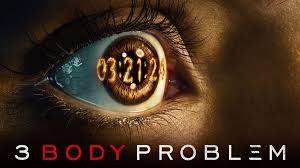
Netflix’s 3 Body Problem is more than sci-fi—it’s a philosophical blueprint of our technological and existential future. This post dives into the show's use of chaos theory, quantum computing, and alien contact to reflect the fragility of human systems and the eerie closeness of fiction to reality.
The 3 Body Problem Isn’t Just Fiction — It’s Our Future Staring Back at Us
I. The Most Realistic Sci-Fi You Didn’t Expect
Netflix’s 3 Body Problem, adapted from Liu Cixin’s celebrated trilogy, isn’t just compelling television—it’s a warning, a philosophy seminar, and a thought experiment rolled into one. While many dismiss it as a distant future filled with alien civilizations and abstract physics, a closer inspection reveals something more chilling: much of it is already happening.
II. Quantum Computing: Fiction’s Playground, Reality’s Frontier
The show hinges on quantum computing as the gateway to solving the 3-body problem—a task unsolvable by classical means. But this isn’t far-fetched. Quantum computing is progressing rapidly, with Google, IBM, and startups like PsiQuantum exploring how qubits can outperform any traditional logic gate system.
The implication in the series? That computing doesn’t just model reality—it can bend it. In our world, quantum tech could unlock breakthroughs in medicine, climate prediction, or AI. But it could also destabilize encryption, financial markets, and geopolitics.
The series shows this knife’s edge beautifully.
III. Chaos Theory and the 3 Body Metaphor
The “three body problem” in physics is about unpredictability—three celestial objects pulling on each other with no stable solution. But metaphorically, it’s also about us:
Human, Technology, and Nature
Mind, Matter, and Machine
Order, Chaos, and Choice
The beauty of the show lies in how it mirrors our species’ dilemma. One small change—climate collapse, rogue AI, a global pandemic—can throw us off balance irreversibly. The idea that our systems are fragile isn’t new. What’s new is how this show dramatizes it through science.
IV. Alien Contact Is the Least Scary Part
You’d think a hostile alien race would be the nightmare. But the show makes it clear: our true enemy is our own panic, politics, and short-sightedness. Before the aliens even arrive, human society is already falling apart. Institutions break down. Loyalty shifts. Belief systems crack.
This isn’t just dystopia—it’s diagnosis.
V. Humanity’s Inability to Coordinate Is the Real 3-Body Problem
If we look closely, the core theme isn’t extraterrestrial—it’s existential. Can humanity act as a unified intelligence in the face of an unknowable threat? Or are we doomed to oscillate chaotically, like the three bodies, never reaching equilibrium?
This problem—of coordination, trust, and long-term thinking—feels more urgent now than ever.
VI. A Mirror, Not a Fantasy
Many assume science fiction is about escaping reality. But 3 Body Problem forces us to confront it. It blurs the line between simulation and truth, showing us that the difference between "future" and "present" is thinner than we think.
From deepfake scientists to quantum anomalies, the show whispers what AI, climate change, and sociopolitical breakdowns already scream:
“The future isn’t science fiction. It’s just unevenly distributed.”
VII. Final Thought: Are We the Stable Solution or the Flawed Input?
The brilliance of 3 Body Problem lies in its refusal to give comfort. It doesn’t promise salvation—it questions whether we deserve it. In doing so, it leaves us with a haunting thought: maybe we’re not waiting for aliens or a quantum breakthrough to change everything.
Maybe it’s already begun.
Further Reading & References
Liu Cixin, The Three-Body Problem (Book Series)
MIT Technology Review: “Quantum Computing and the Edge of Predictability”
Chaos: Making a New Science by James Gleick
Wired: “Why the 3 Body Problem is the Most Realistic Sci-fi in Years”
IBM Quantum Blog: “Where We Are With Quantum Today”
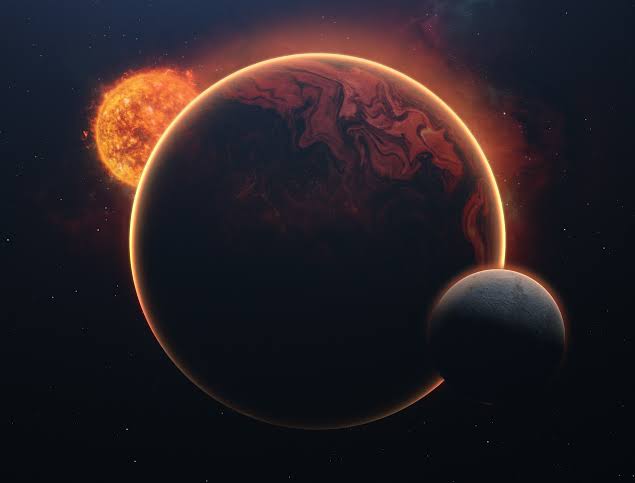

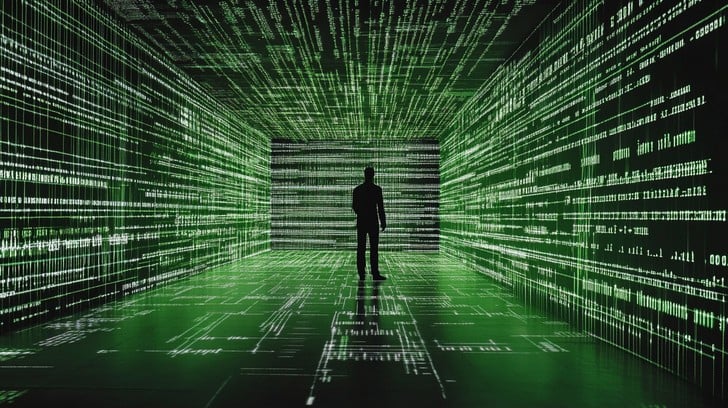
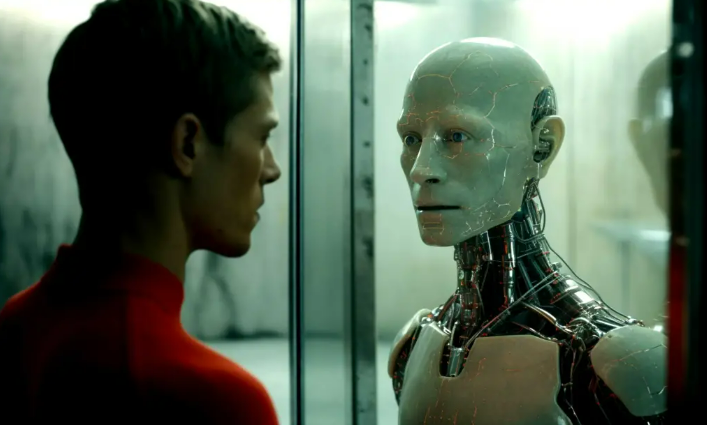
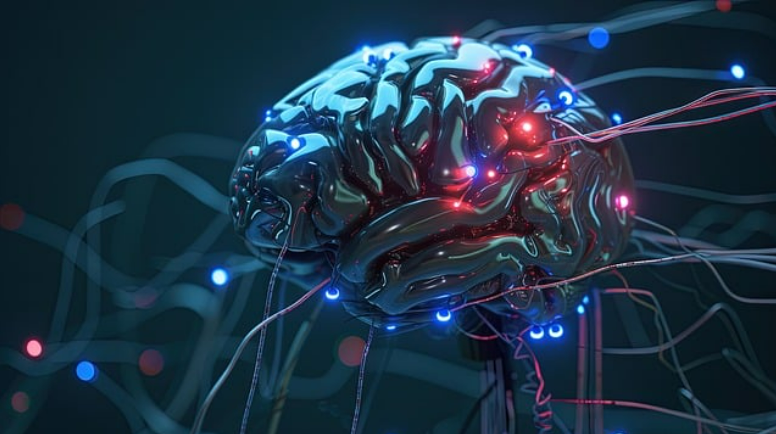
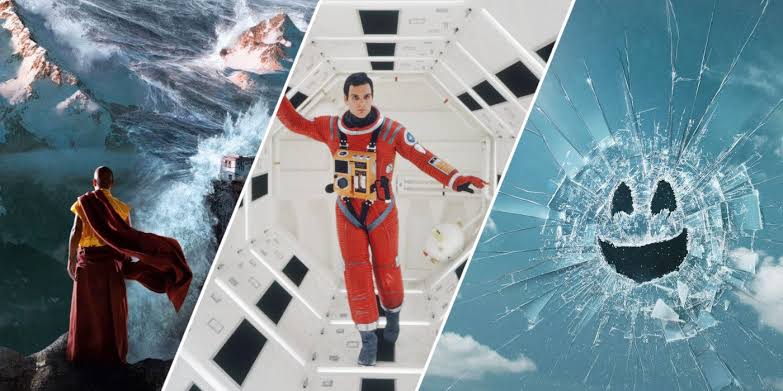
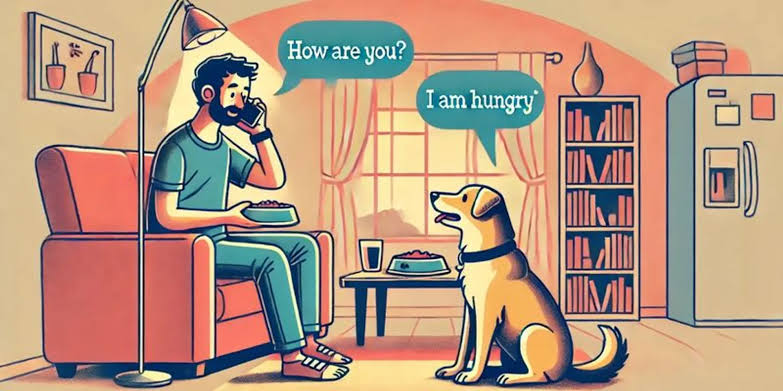
Comments (0)
Please login to leave a comment.